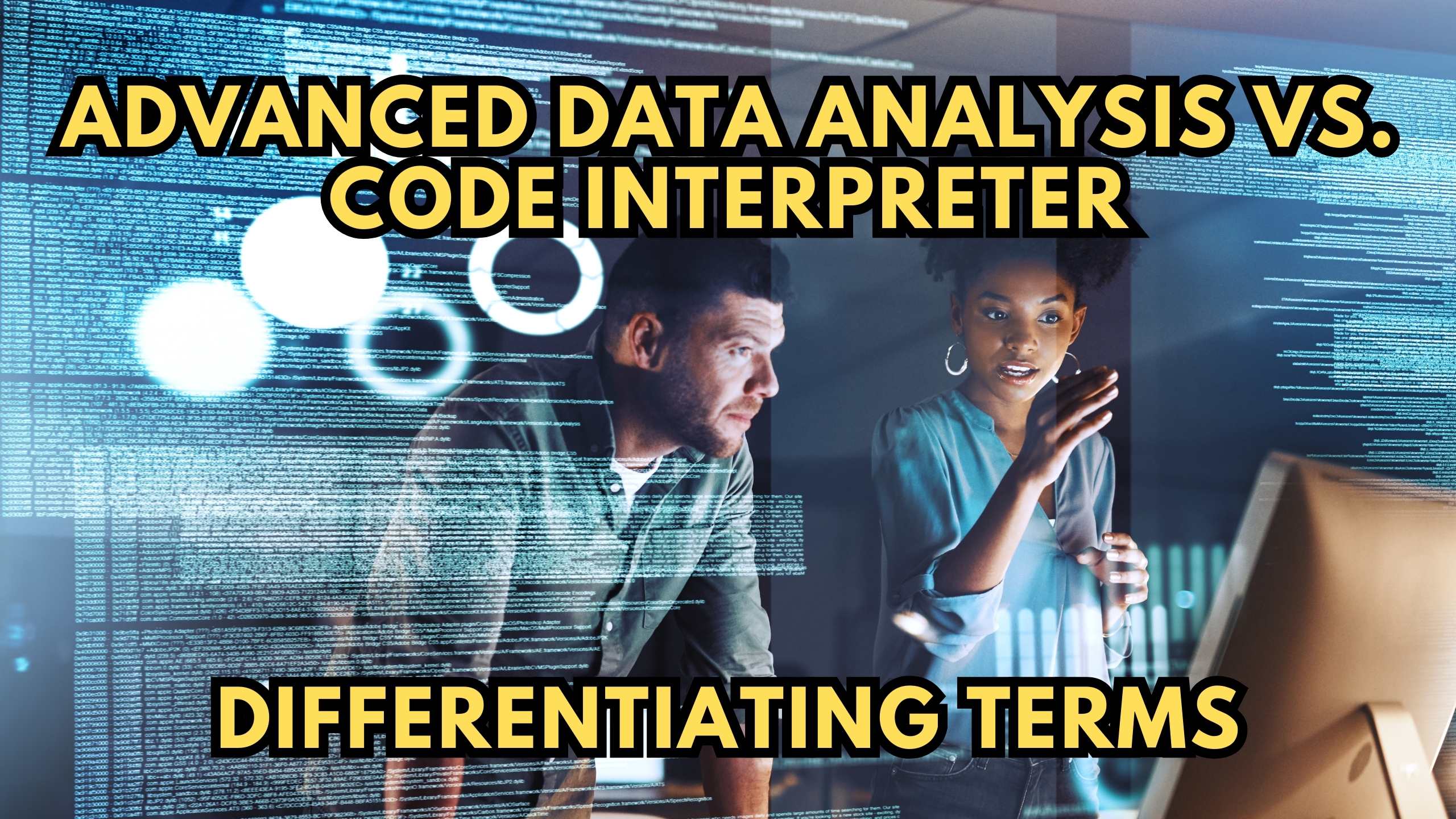Advanced Data Analysis vs. Code Interpreter: Differentiating Terms
- Data as a Service (DaaS) Software Marketing & Analytics


Advanced Data Analysis vs. Code Interpreter: Differentiating Terms
Understanding the distinctions between advanced data analysis and code interpreters is crucial in the evolving landscape of data-driven decision-making. In this blog, we delve into the nuances of these terms, exploring their meanings and applications to clarify whether they are indeed the same.
1. Advanced Data Analysis: Unveiling Insights Through Sophisticated Techniques
Advanced data analysis involves the application of complex methodologies to gain deeper insights from datasets. This process often includes statistical modeling, machine learning algorithms, and predictive analytics. Tools like Tableau and Power BI play a pivotal role in advanced data analysis, offering intuitive interfaces and powerful visualization capabilities to uncover actionable insights without extensive coding.
2. Code Interpreter: Translating Commands for Execution
A code interpreter, on the other hand, serves as a mediator between human-readable code and machine-executable instructions. It interprets code in real-time, enabling the execution of commands without the need for compilation. Jupyter Notebooks and Python IDEs exemplify code interpreters, providing environments where users can write and execute code seamlessly.
3. Differentiating the Terms: Bridging the Gap
While both advanced data analysis and code interpreters contribute to data-centric processes, they operate at distinct stages of the data analysis pipeline. Advanced data analysis focuses on extracting insights from processed data, utilizing statistical and machine learning techniques. Code interpreters, on the other hand, facilitate the execution of code, enabling users to interact with algorithms and models.
Recommended SaaS Products for Advanced Data Analysis and Code Interpretation
- Tableau: Tableau offers a powerful platform for advanced data analysis, allowing users to create interactive and shareable dashboards without extensive coding.
- Power BI: Microsoft’s Power BI is a robust tool for advanced data analysis, providing features for data visualization, business intelligence, and seamless integration with other Microsoft products.
- Jupyter Notebooks: Jupyter Notebooks serve as an excellent code interpreter, providing an interactive environment for data exploration, visualization, and analysis with support for various programming languages.
- Python IDEs: Python Integrated Development Environments (IDEs) facilitate code interpretation, enabling users to write, debug, and execute Python code efficiently.
Conclusion
In conclusion, advanced data analysis and code interpreters serve complementary yet distinct roles in the realm of data-driven decision-making. Recognizing their unique contributions is essential for professionals navigating the complexities of data analysis. Whether you’re leveraging sophisticated techniques for insights or interpreting code for execution, each plays a crucial role in harnessing the power of data.
Revolutionize Your Data Journey with Subscribed.fyi!
Ready to revolutionize your approach to data analysis? Subscribed.fyi offers exclusive deals on essential SaaS tools. Sign up for free to unlock secret deals and save big on your favorite data analysis tools. Manage all subscriptions effortlessly, compare SaaS tools side by side, and make informed decisions with Subscribed.fyi.
Relevant Links:





